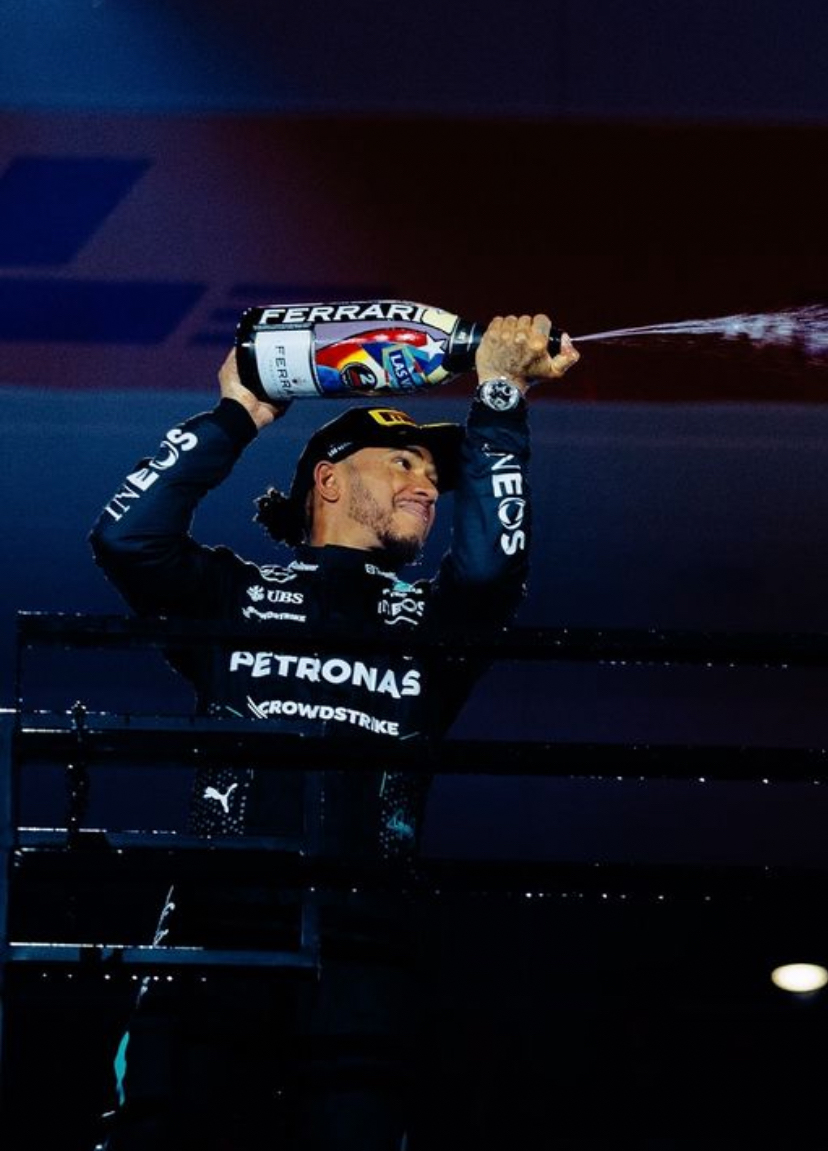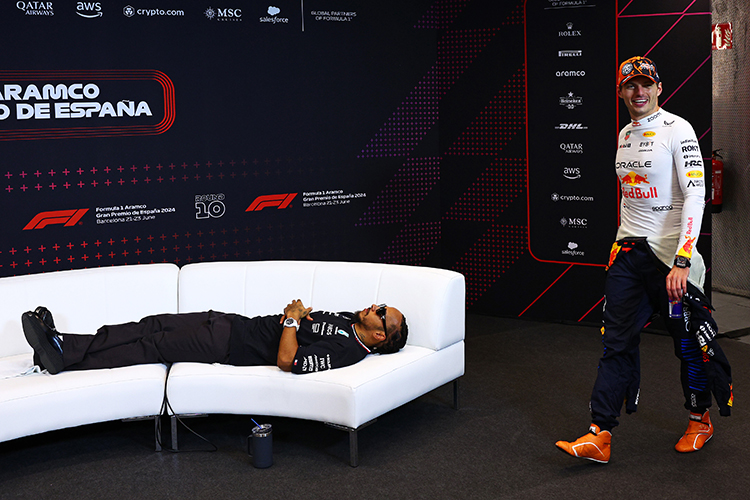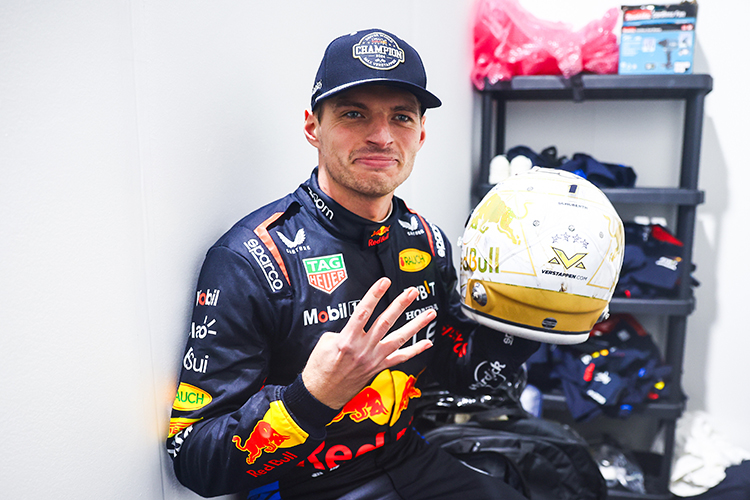The Safety Car's Strategic Impact on Pit Stops in Formula 1

Formula 1 World Champions: A legacy of racing legends
How does the Safety Car influence the timing of pit stops during a race?
Explore how the Safety Car impacts pit stop timing in Formula 1, influencing race strategies, track position, and tire management during critical moments.
In the high-stakes world of Formula 1, the deployment of the Safety Car can alter the course of a race. Beyond its primary role of ensuring on-track safety, the Safety Car introduces an unpredictable element to pit stop strategies. Teams and drivers must navigate these moments with precision, as timing can make or break their race.
Understanding the Safety Car Effect on Pit Stops
During a Safety Car period, the race pace is neutralized, and drivers must reduce speed, compressing the field. This slower pace significantly impacts pit stop strategies in two key ways:
1. Reduced Time Loss in the Pits
Under normal conditions, a pit stop can cost a driver 20-25 seconds, depending on the track. However, during a Safety Car period, with the pack moving slower, the time lost can drop by up to 10 seconds. This creates a "pit for free" opportunity, allowing drivers to change tires with minimal track position loss.
2. Track Position Shuffle
Pitting under the Safety Car can lead to a reshuffling of track positions. While some drivers may pit to gain a tire advantage, others might stay out to retain track position. The decision depends on factors such as tire wear, race strategy, and the likelihood of future Safety Cars.
Strategic Scenarios During a Safety Car
Planned Stops vs. Reactive Decisions
Teams constantly adapt to real-time data during a Safety Car period:
- Planned Stops: Drivers with worn tires can take advantage of the reduced time loss to pit for fresh rubber.
- Reactive Decisions: Teams in strong positions may choose to stay out, banking on maintaining track advantage.
Double Stacking
When both team drivers need to pit, a "double stack" strategy might be employed. Here, the second car follows the first into the pits. While this saves time, it requires flawless execution to avoid delays or mistakes.
Undercut and Overcut Opportunities
The Safety Car can amplify the effectiveness of undercut or overcut strategies, depending on how the field reshuffles after pit stops. Teams must evaluate traffic conditions and lap times to maximize gains.
Iconic Examples of Safety Car Pit Stop Drama
- Monaco GP, 2015: Mercedes pitted Lewis Hamilton during a late Safety Car, mistakenly believing he had enough of a gap to retain the lead. The decision cost Hamilton the win, with Nico Rosberg and Sebastian Vettel benefiting.
- Singapore GP, 2008 (Crashgate): A deliberate crash brought out the Safety Car, enabling Fernando Alonso to capitalize on his recent pit stop and take the lead as others pitted under neutralized conditions.
The Risks of Safety Car Pit Stops
While the Safety Car offers strategic opportunities, it also introduces risks:
- Pit Lane Congestion: Multiple cars diving into the pits simultaneously can lead to unsafe releases and delays.
- Track Position Gamble: Staying out risks losing ground to drivers on fresher tires, while pitting risks surrendering track position.
Virtual Safety Car: A Strategic Cousin
The Virtual Safety Car (VSC) offers a similar opportunity for strategic adjustments but differs in key ways. Under the VSC, drivers must adhere to delta times without bunching up, reducing the time-saving potential for pit stops compared to a full Safety Car.
Conclusion
The Safety Car is more than a safety mechanism—it’s a strategic game-changer in Formula 1. Teams and drivers must balance calculated risks with high-stakes decisions, knowing that a single pit stop during a Safety Car period can determine the race outcome. For fans, these moments add excitement, showcasing the razor-thin margins and lightning-fast decisions that define motorsport’s pinnacle.
Up Next


